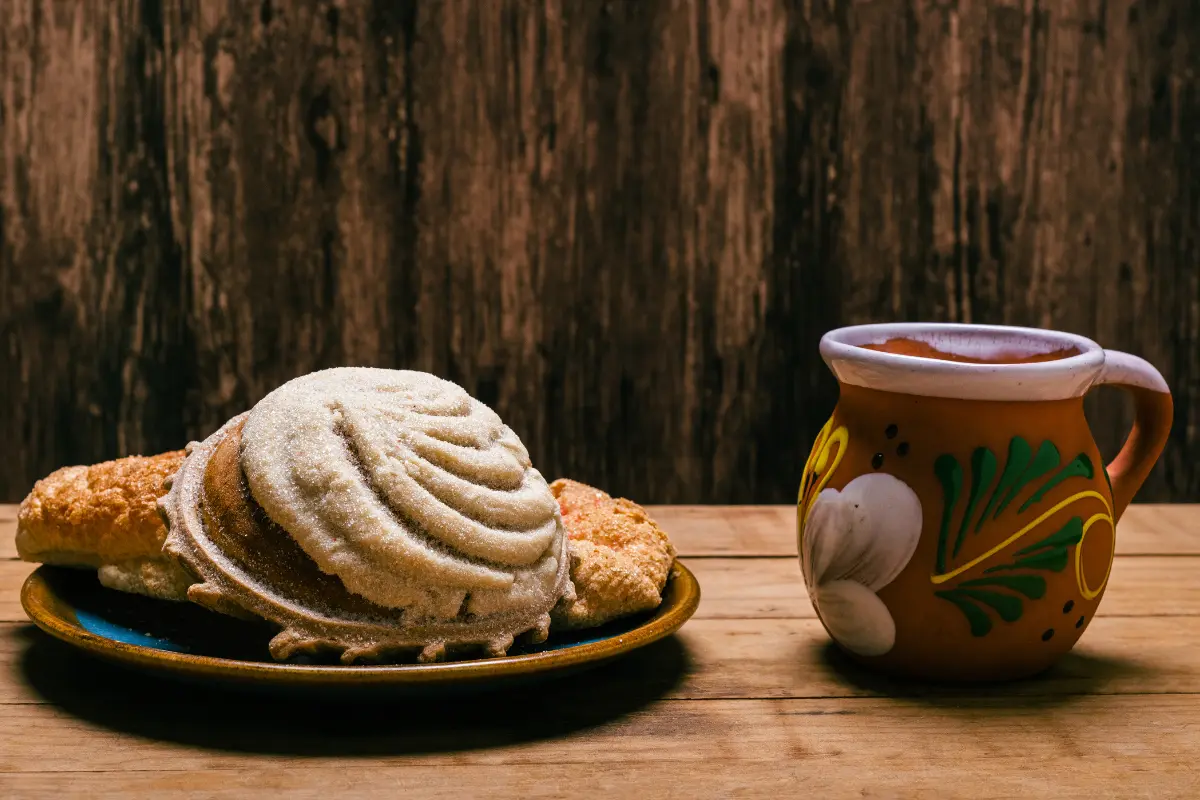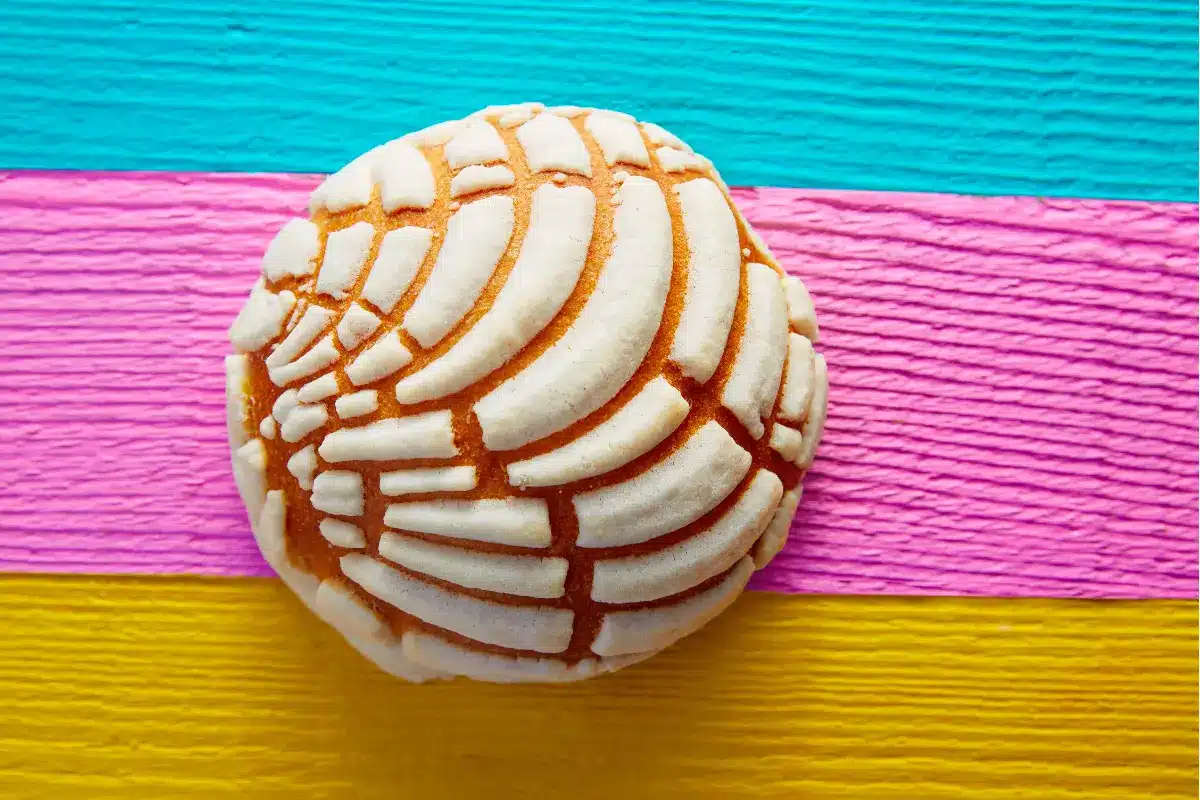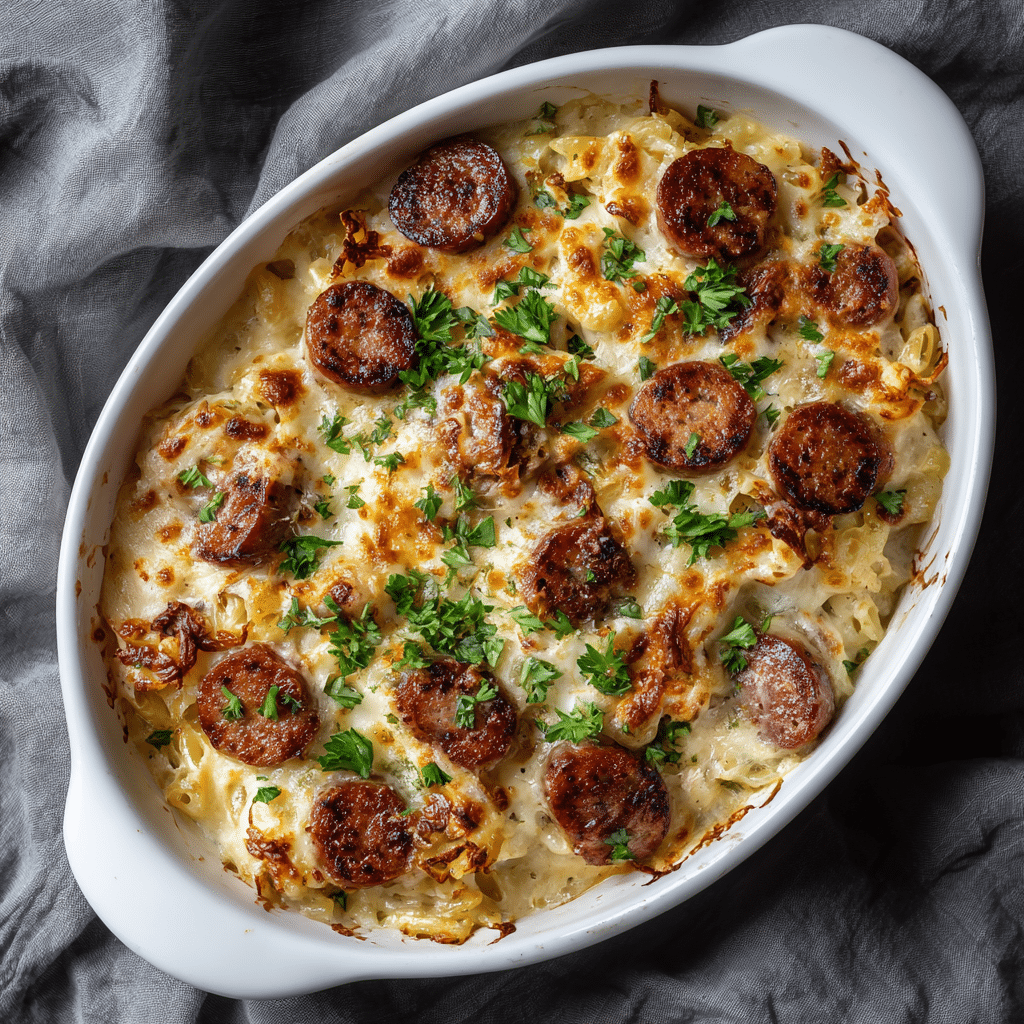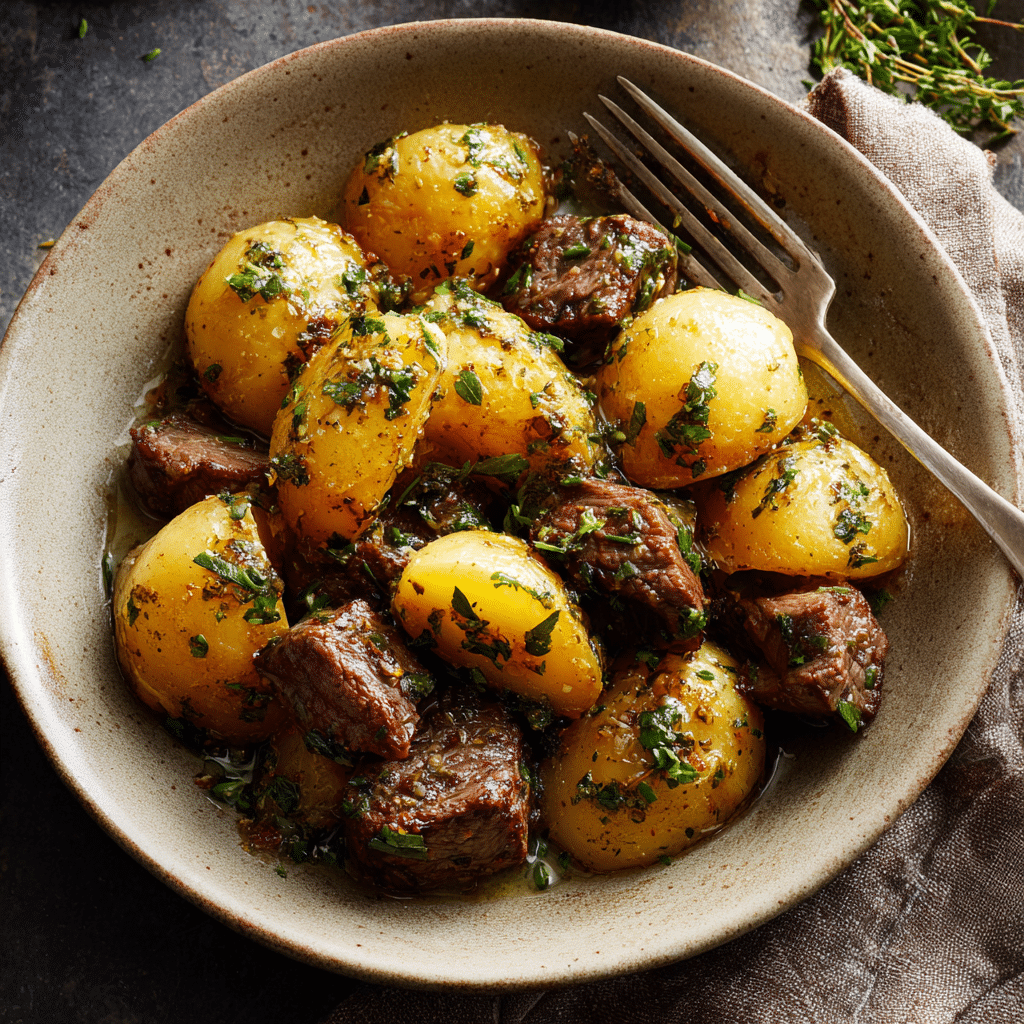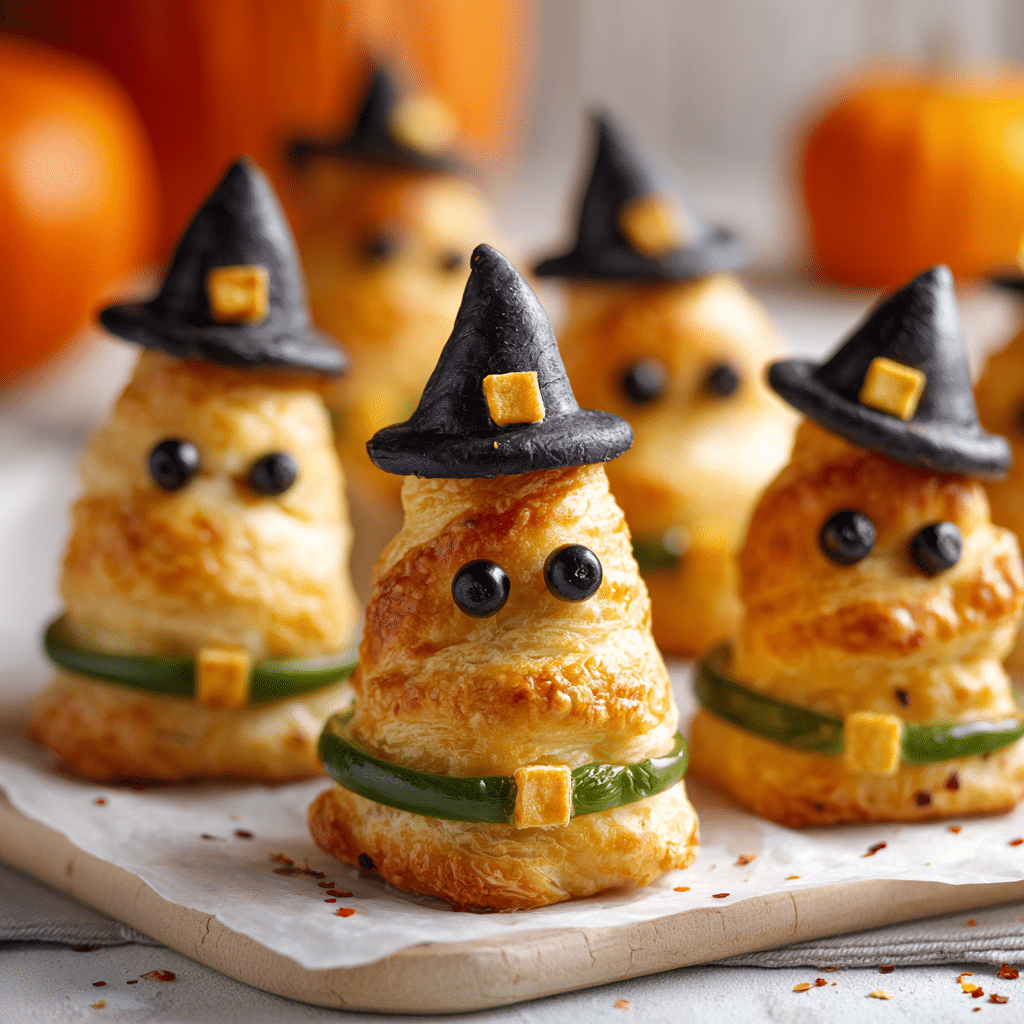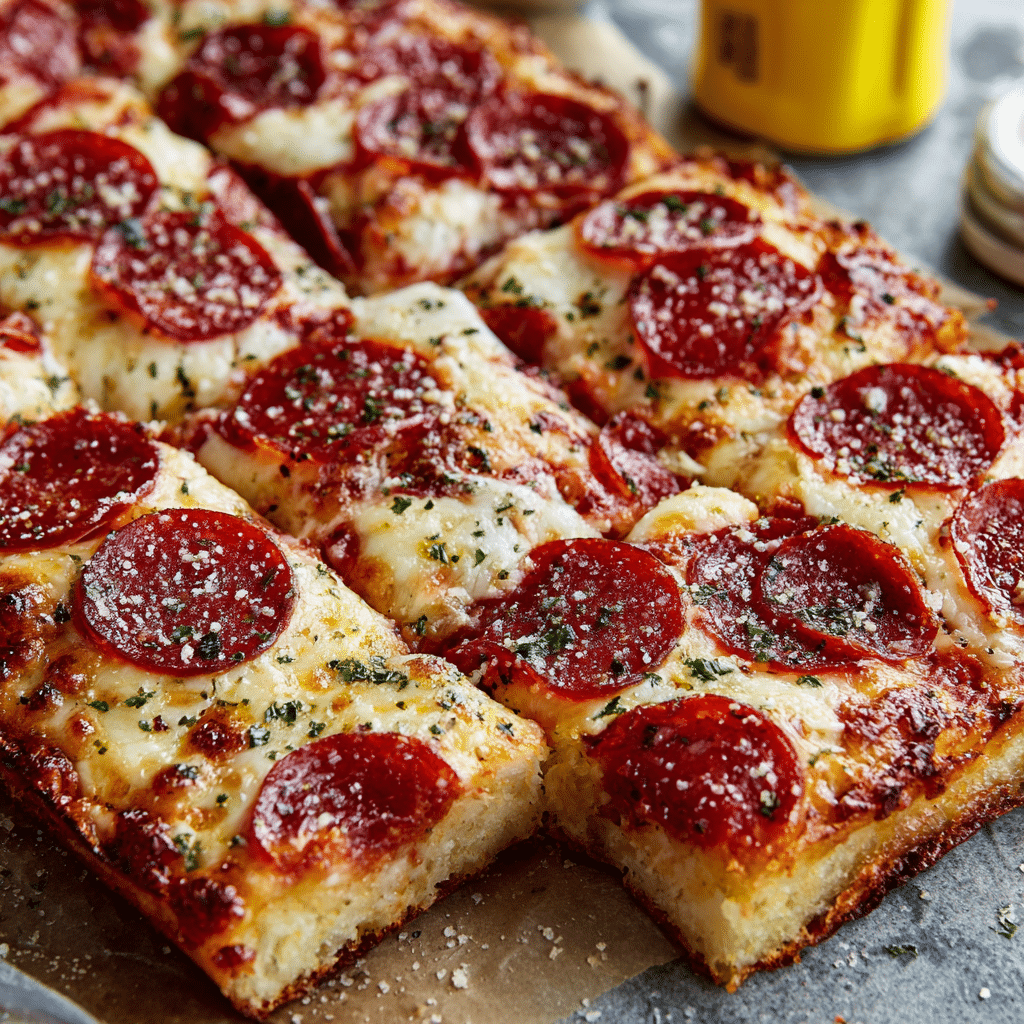Embarking on a culinary journey through the rich tapestry of Mexican cuisine, we discover a world where flavors dance and traditions tell stories of generations past. Today, we dive into the heart of Mexican kitchens to explore the art of baking Mexican bread. A staple as diverse as the culture itself, Mexican bread encompasses a variety of recipes that blend simple ingredients into exquisite creations. From the sweet whispers of Conchas to the hearty embrace of stuffed breads, this article unfolds the secrets behind these beloved recipes. By mastering these classics, you invite a piece of Mexican heritage into your home, turning your kitchen into a fiesta of flavors and aromas. So, let’s roll up our sleeves and knead our way through the traditions, techniques, and tales of Mexican bread making.
Mexican Bread
In every slice of Mexican bread lies a story, a history of flavors passed down through generations. Mexican bread isn’t just food; it’s a celebration, an integral part of meals, festivities, and daily life. This introduction serves as your gateway into the delightful world of baking authentic Mexican bread at home, where we’ll explore not just recipes but the soul of Mexican culinary traditions.
The Heart of Mexican Bakeries
Mexican bakeries, or panaderías, are wonderlands of taste and texture, offering more than just bread. They provide a glimpse into the country’s soul, showcasing a blend of indigenous traditions and European influences. Here, the pan dulce reigns supreme, a category as vast as the imagination of the bakers who craft these sweet treats.
Bread as a Cultural Ambassador
Through the ages, Mexican bread has acted as a cultural ambassador, telling tales of conquest and colonization, of adaptation and innovation. From the rustic tortillas to the elaborate Day of the Dead bread, each recipe carries the whispers of its ancestors, inviting us to partake in a centuries-old feast of flavors.
A Feast for the Senses
As we embark on this baking journey, remember that creating Mexican bread is more than following a recipe—it’s about engaging all your senses. It’s feeling the dough come alive under your hands, it’s the aroma of baking bread filling your home, and, ultimately, it’s the joy of sharing your creations with loved ones.
So, whether you’re a seasoned baker or new to the kitchen, this exploration of Mexican bread recipes promises to enrich your culinary repertoire and delight your taste buds. Ready your apron, preheat your oven, and let’s begin our adventure into the heart of Mexico’s baking heritage.
In the coming sections, we’ll dive deep into the secrets behind making Conchas, Mexican Stuffed Bread, and Pan Dulce. You’ll discover the traditional ingredients, step-by-step guides, and insider tips to ensure your Mexican bread is as authentic as it is delicious. Join me, and let’s bring the spirit of Mexico into our kitchens, one loaf at a time.
The Recipes
Conchas – Mexican Sweet Bread
Embarking on our baking journey, we first encounter the iconic Conchas. These sweet breads, adorned with a shell-like pattern, are a staple in Mexican households. Named for their resemblance to seashells, Conchas are a delightful blend of sweetness, softness, and tradition.
Background and Cultural Significance
Conchas are more than just a treat; they are a symbol of Mexico’s rich culinary heritage. Often enjoyed at breakfast or as a snack with hot chocolate or coffee, these pastries have a special place in Mexican hearts and homes.
Ingredients
bread:
- 1 cup warm water
- 2 tsp active dry yeast
- 4 cups all-purpose flour
- 1/2 cup evaporated milk
- 3/4 cup white sugar
- 1/3 cup melted butter
- 1 egg
- 1/2 tsp salt
- 1 tsp ground cinnamon
topping:
- 1/2 cup white sugar
- 1/3 cup softened butter
- 1 cup all-purpose flour
- 1 tsp ground cinnamon
- 1 tsp vanilla extract
Step-by-step Preparation Instructions
- Activate the Yeast: Begin by mixing the warm water and yeast, setting it aside to bubble and froth.
- Mix the Dough: Combine flour, sugar, melted butter, egg, salt, and cinnamon in a large bowl. Gradually add the yeast mixture and evaporated milk, kneading into a smooth dough.
- First Rise: Place the dough in an oiled bowl, cover, and let it rise until doubled in size.
- Prepare the Topping: Mix the topping ingredients, dividing the mixture to flavor half with cinnamon and half with vanilla.
- Shape and Second Rise: Divide the dough into balls, flatten slightly, and cover each with a portion of topping. After scoring the topping to resemble a shell, let them rise again.
- Bake: Preheat your oven and bake the Conchas until they’re golden and delicious.
Storage and Serving Suggestions
To keep Conchas fresh, store them in an airtight container at room temperature. They are best enjoyed within a few days, making them a delightful addition to any meal or gathering.
Mexican Stuffed Bread
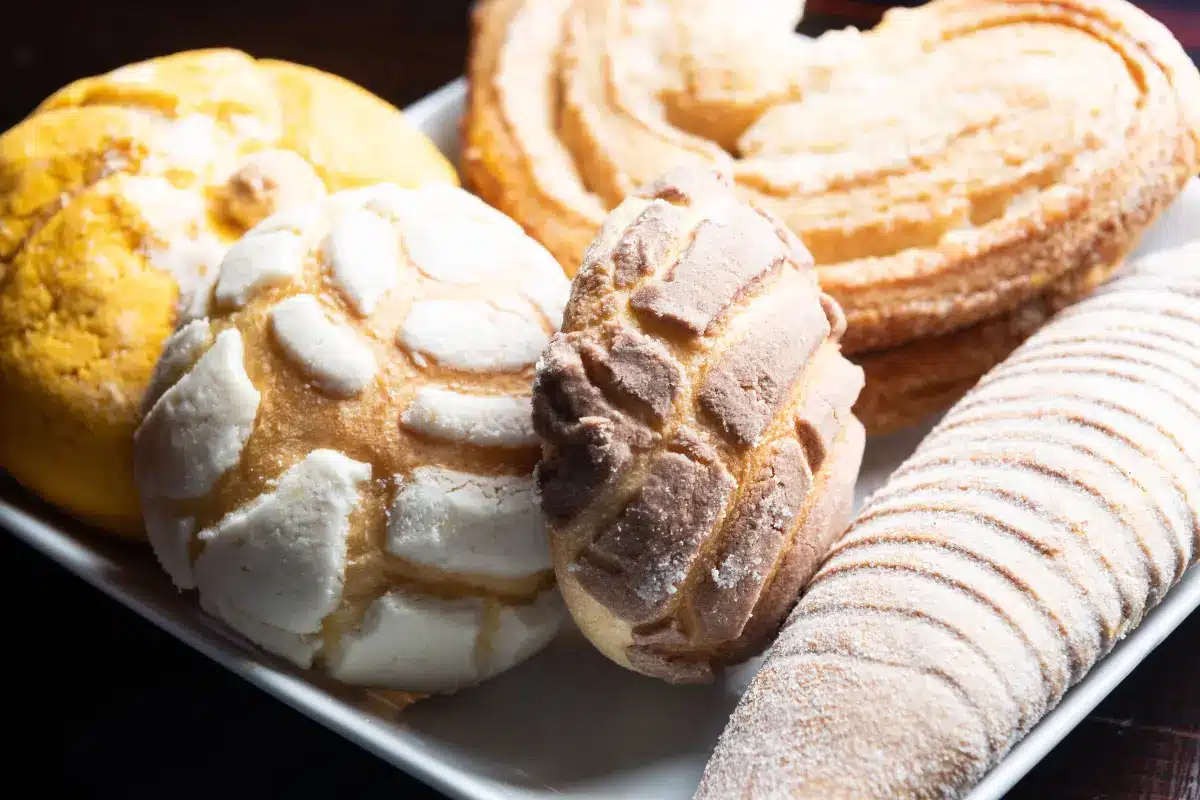
Next, we explore a savory twist on traditional Mexican bread – the Mexican Stuffed Bread. This hearty creation combines the comfort of freshly baked bread with the rich flavors of Mexico, creating a meal in itself.
Introduction to This Unique Twist
Unlike the sweet Conchas, Mexican Stuffed Bread is a savory delight, often filled with a blend of meats, cheeses, and spices. It’s a testament to the versatility of Mexican bread-making and a favorite for lunches or casual dinners.
Ingredients
- 1 loaf French bread
- 3/4 lb ground meat (traditionally beef)
- 1 onion, chopped
- Salt & pepper to taste
- 8 oz salsa
- 1 can diced green chilies
- 1 can tomato sauce
- Grated mozzarella and cheddar cheese
Detailed Preparation Steps
- Preheat and Prep the Bread: Start by preheating your oven and slicing the French bread in half, hollowing out each half.
- Cook the Filling: Brown the meat with onions, seasoning with salt and pepper. Mix in salsa, chilies, and tomato sauce.
- Assemble: Spoon the meat mixture into each bread half, generously topping with cheese.
- Bake: Bake until the cheese is melted and bubbly, then slice and serve warm.
Suggestions for Variations and Serving
The beauty of Mexican Stuffed Bread lies in its versatility. Feel free to experiment with different fillings, including vegetarian options, to cater to all tastes. Serve with a side salad or enjoy as is for a satisfying meal.
With these recipes, we’ve only scratched the surface of the rich world of Mexican bread. Stay tuned for more delicious adventures in our next section, where we’ll dive into the sweet, aromatic world of Pan Dulce. Whether you’re a novice baker or a seasoned pro, these recipes promise to bring the warmth and tradition of Mexican baking into your kitchen. Let’s keep the oven hot and the flour flying as we continue our culinary journey through Mexico’s beloved breads.
Baking Tips and Techniques
Mastering the art of Mexican bread baking is a journey filled with the warmth of the kitchen, the scent of spices, and the joy of sharing. Whether you’re aiming to perfect your Conchas or experimenting with savory stuffed bread, these tips and techniques will elevate your baking game, ensuring your creations not only taste authentic but also tell a story of tradition and love.
Mastering Mexican Bread: Tips and Techniques
- Understanding Yeast: Yeast is the heartbeat of many Mexican bread recipes. To ensure success, make sure your yeast is fresh and activate it correctly. Warm (not hot) liquids can awaken the yeast, setting the stage for a beautiful rise. A dash of sugar can also help, giving the yeast something to feast on. For more insights into working with yeast, the King Arthur Baking Company’s guide is an invaluable resource.
- Kneading with Confidence: Kneading dough can be therapeutic, but it’s also crucial for developing gluten, which gives bread its structure and texture. Whether you’re using your hands or a mixer, look for the dough to become smooth and elastic. Don’t shy away from adding a bit more flour if the dough feels sticky, but do so sparingly. You’re aiming for a dough that’s soft, not stiff.
- The First Rise: Once your dough is kneaded, it’s time for the first rise, a magical process where the dough doubles in size. Choose a warm, draft-free spot for this, and resist the temptation to peek too often. This rise is crucial for developing flavors and textures.
- Shaping with Love: Shaping your bread is where creativity meets tradition. Whether you’re crafting the shell-like top of a Concha or filling and sealing stuffed bread, do it with care. Each shape tells a story, and yours adds to the tapestry of Mexican baking history.
- Baking to Perfection: Oven temperatures can vary, so it’s essential to know your oven. Bake your bread until it’s golden and sounds hollow when tapped. Don’t forget that bread continues to cook a bit even after it’s out of the oven, so err on the side of caution.
- Storage Smarts: Nothing beats fresh bread, but if you have leftovers, storing them properly is key to preserving their taste and texture. Bread boxes or airtight containers can keep bread soft. However, for longer storage, consider slicing and freezing, as recommended by Food Network’s guide.
Mexican Bread in Culture and Health-Conscious Baking
Bread as a Cultural Pillar
In Mexican culture, bread is more than just food; it’s a symbol of community and celebration. Let’s look at how bread intertwines with Mexico’s rich tapestry of traditions:
- Day of the Dead (Día de los Muertos): Perhaps the most iconic is Pan de Muerto, a sweet bread adorned with bone-shaped pieces, symbolizing the departed. This bread is a staple during the Día de los Muertos festivities, reflecting the joyous remembrance of loved ones.
- Christmas: During Christmas, Rosca de Reyes takes center stage. This wreath-shaped bread, decorated with candied fruits, contains a hidden figurine, and the person who finds it hosts a party in February, continuing the cycle of community and celebration.
Health-Conscious Adaptations
As we embrace the traditions of Mexican baking, modern health trends offer an opportunity to adapt these beloved recipes without losing their essence. Here are some tips for making Mexican bread fit into a health-conscious lifestyle:
- Whole Grains: Substitute a portion of all-purpose flour with whole wheat, spelt, or another whole grain flour to add fiber and nutrients.
- Reduced Sugar: Experiment with reducing the sugar content or using natural sweeteners like honey or agave nectar, which can lend a different but delightful sweetness.
- Healthy Fats: Replace traditional fats with heart-healthy options like olive or avocado oil, or use unsweetened applesauce for part of the fat in sweet bread recipes.
Embracing Tradition and Health
Making these adaptations allows everyone to enjoy the rich diversity of Mexican bread, respecting its cultural significance while aligning with contemporary dietary needs. It’s a beautiful balance of honoring tradition and embracing innovation.
The Future of Mexican Bread Baking
As we look to the future, the evolution of Mexican bread baking is a testament to the resilience and adaptability of culinary traditions. By incorporating new ingredients and techniques, we ensure that these beloved recipes continue to be part of our lives, celebrations, and everyday moments.
Mexican bread, with its deep cultural roots and endless variations, offers a world of exploration for any baker. From the festive Pan de Muerto to the everyday bolillo, each recipe is a doorway to the heart of Mexico. As we adapt these recipes to fit modern health-conscious lifestyles, we carry forward the essence of Mexican culinary heritage, ensuring it remains vibrant and accessible for generations to come.
In our next part, we’ll explore more about the innovative future of Mexican bread baking, looking at emerging trends, sustainability in baking, and how global influences continue to enrich this ancient tradition. Stay tuned as we continue to knead, shape, and bake our way through the delicious world of Mexican bread.
Frequently Asked Questions
Diving into the world of Mexican bread baking is an adventure filled with scents, flavors, and a bit of culinary magic. As with any journey, questions often arise. This section is dedicated to answering some of the most common queries budding bakers and seasoned pros alike may have about crafting authentic Mexican bread at home.
How Can I Ensure My Yeast Activates Properly?
Activating yeast is a crucial step in bread making. To guarantee success, use warm water (around 110°F-115°F) and a pinch of sugar. If your mixture doesn’t bubble and foam within 10 minutes, your yeast might be expired or the water temperature may have been off. Remember, too hot water can kill the yeast, and too cold won’t wake it from its slumber.
Why Did My Bread Turn Out Dense?
Dense bread often results from not kneading the dough enough or failing to let it rise properly. Kneading develops the gluten, which gives the bread its structure and airy texture. Ensure your dough doubles in size during the first rise; patience here is key. Additionally, make sure your yeast is fresh and active.
Can I Substitute Ingredients in Mexican Bread Recipes?
Absolutely! Baking is both an art and a science. While some ingredients are essential (like yeast in risen bread), others can be swapped based on preference or availability. For example, if a recipe calls for all-purpose flour and you want a heartier texture, try half whole wheat. Sweeteners and fats are also flexible; just keep the ratios similar.
How Do I Store Homemade Mexican Bread?
Proper storage is crucial for maintaining the freshness of your bread. Once completely cooled, keep it in an airtight container or bread box at room temperature for a few days. For longer storage, slice and freeze in an airtight bag. Warm in the oven or toaster for a just-baked taste. Check out Food Network’s storage and serving guide for bread for more detailed advice.
Can I Make These Breads Gluten-Free?
Yes, with the right substitutions, many Mexican bread recipes can be adapted for gluten-free diets. Use a gluten-free all-purpose flour blend that includes xanthan gum, which helps mimic gluten’s elasticity. Keep in mind, textures and flavors might slightly vary, so it’s worth experimenting to find your perfect match.
Is It Possible to Make Vegan Mexican Bread?
Many Mexican breads can be easily veganized. Substitute dairy milk with plant-based alternatives, use vegan butter or oil, and replace eggs with flaxseed meal or commercial egg replacers. The joy of Mexican bread is its versatility, allowing for modifications that cater to almost any dietary preference.
Tackling these FAQs should smooth the path on your baking journey, turning potential pitfalls into stepping stones for culinary success. Mexican bread, with its rich flavors and varied textures, offers a rewarding baking experience, inviting bakers to explore and innovate within the bounds of tradition. Remember, every question leads to deeper knowledge, and every baking session, whether triumphant or not, is a step forward in your culinary adventure. Stay curious, keep baking, and let the rich heritage of Mexican bread inspire your creations.
